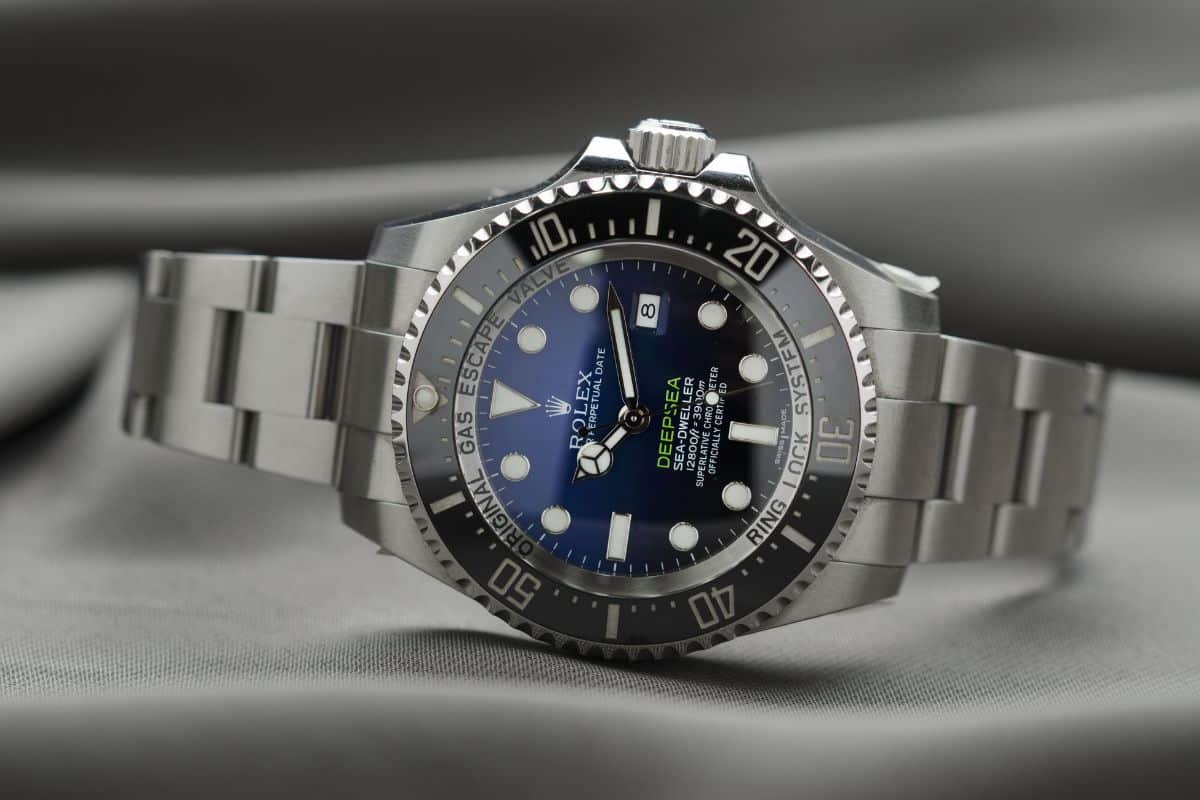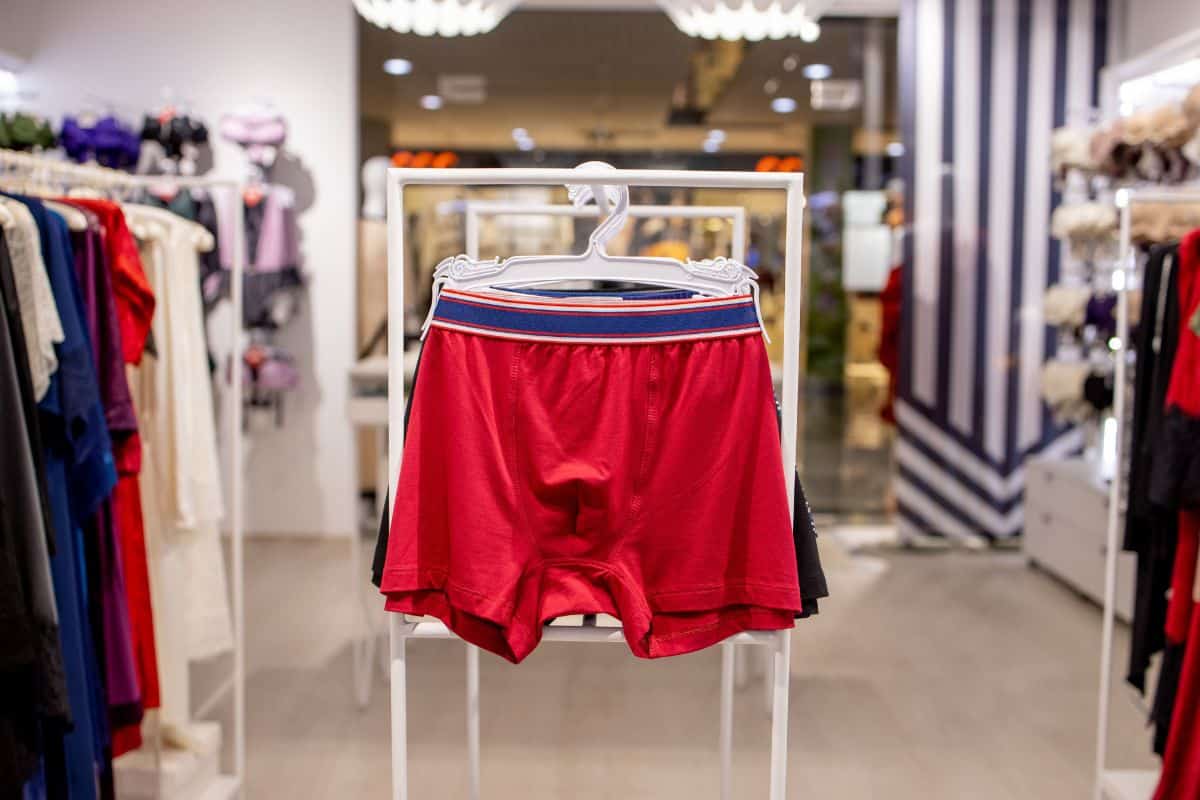Hemline Index: The Relationship Between Fashion and Economy
The world of fashion is as fascinating as it is fickle. With trends constantly changing, it’s often difficult to keep up. However, some aspects of fashion can reveal deeper insights into society, culture, and even the economy. One such intriguing theory is the Hemline Index, which proposes a correlation between the length of women’s skirts and the state of the economy.
In this blog post, we will explore the origins of the Hemline Index, analyze its validity, and discuss its relevance in today’s world.
The Origin of the Hemline Index
The Hemline Index was first proposed by economist George Taylor in 1926. Taylor observed that women’s skirts tended to be shorter during prosperous economic times, while hemlines dropped during periods of economic downturn. His theory suggested that the length of women’s skirts could be used as a predictor of economic health.
Taylor’s observations were based on the fashion trends of the early 20th century. For example, the Roaring Twenties, a period of economic boom, saw the rise of flapper dresses with shorter hemlines. In contrast, the Great Depression of the 1930s brought longer skirts and more conservative styles.
Is There Truth to the Hemline Index?
While the Hemline Index may seem like a whimsical idea, some studies have found a correlation between skirt lengths and economic conditions. In 2010, a Dutch economist named Marjolein van Baardwijk analyzed hemline data from 1921 to 2009 and discovered a statistically significant relationship between skirt lengths and stock market performance. According to her findings, hemlines tended to rise approximately three years before an economic upturn and fall three years before a downturn.
However, other researchers have disputed these findings, arguing that the relationship between skirt lengths and the economy is coincidental. They suggest that various factors, including social, cultural, and technological influences, play a more significant role in shaping fashion trends than economic conditions.
The Hemline Index in the 21st Century
In the 21st century, the Hemline Index seems to have evolved and adapted to the changing dynamics of the fashion industry. With globalization, fast fashion, and the rise of social media, fashion trends have become increasingly unpredictable and diverse, making it difficult to pinpoint a single trend, such as skirt length, to correlate with the economy. Women now have access to a vast array of styles, with individual preferences playing a more significant role in their fashion choices than ever before.
The Modified Hemline Index
Despite the apparent decline in the Hemline Index’s predictive power, some proponents argue that it remains a relevant economic indicator, albeit in a modified form. They suggest that other fashion-related trends, such as the popularity of luxury items like designer handbags or high-end sneakers, could be more accurate reflections of the economy in the 21st century.
As people’s disposable incomes increase during economic booms, they are more likely to splurge on luxury goods, while during economic downturns, these purchases tend to decline.
Furthermore, fast fashion has also impacted the Hemline Index’s relevance. With new trends emerging and disappearing at a rapid pace, it becomes challenging to establish a consistent connection between fashion and economic conditions. The increased focus on sustainability and the growing awareness of the fashion industry’s environmental impact could also influence fashion choices independently of economic factors.
Criticisms and Limitations of the Hemline Index
While the Hemline Index is an intriguing theory, it has its fair share of criticisms and limitations. Some key concerns include the differences between causation and correlation, a simplistic view of fashion, a lack of universality, and a changing fashion landscape, among other confounding factors.
Causation vs. Correlation
Critics argue that the relationship between hemlines and the economy might be coincidental rather than causal. They contend that other factors, such as social and cultural changes, could simultaneously drive economic shifts and fashion trends.
Simplistic View of Fashion
The Hemline Index assumes that women’s fashion is solely dictated by skirt length. This oversimplification overlooks the myriad of other factors that contribute to fashion trends, including colors, fabrics, and silhouettes.
Lack of Universality
The Hemline Index is primarily based on Western fashion trends, which may not accurately represent global economic conditions. Additionally, the theory needs to account for variations in regional and cultural styles.
Changing Fashion Landscape
As mentioned earlier, the rise of fast fashion and the increased diversity in women’s clothing styles have made it difficult to pinpoint a single trend that correlates with the economy. Fashion is now more fluid and individualistic, with a multitude of trends coexisting at any given time.
Confounding Factors
Economic indicators are influenced by various complex factors, including government policies, technological advancements, and global events. Relying solely on the Hemline Index as an economic predictor ignores crucial elements that may be more pertinent in indicating the economic state of a country. Other indicators of an economy may include the lipstick effect, the skyscraper index, and the hot waitstaff index.
Key Takeaways
The Hemline Index is a captivating theory that highlights the interplay between fashion and the economy. While its predictive power may have diminished in the 21st century, it serves as a reminder of the complex relationship between societal trends and economic conditions.
Fashion, like the economy, is a reflection of the world we live in. It is influenced by numerous factors, ranging from cultural shifts to technological innovations. The Hemline Index may not be a foolproof economic predictor, but it is a fascinating lens through which to view the intricate connections between fashion and the world at large.
Ultimately, the Hemline Index is just one of many theories that attempt to make sense of the ever-changing fashion landscape. As we continue to explore these connections, it’s essential to remember that fashion is not just about clothing – it’s a powerful form of self-expression and a window into the social, cultural, and economic contexts that shape our lives.
For more information on marketing and economic indexes like this one, or to see how much the right digital marketing consultant can help you, reach out to me today!
Related Articles
The Secret of Rolex’s Winning Marketing Strategy
Marketing,Social Media,Email Marketing,Digital Marketing,Content Marketing
October 6, 2023
For over a century, Rolex has been renowned for its luxury watches. And its sophisticated marketing strategies have allowed the brand to remain…
0 Comments11 Minutes
The Old Spice Marketing Revamp: A Masterclass in Rebranding
SEO,Marketing,Digital Marketing,Content Marketing,Business,Business Management,Branding
September 26, 2023
Old Spice is a brand that has been synonymous with men's grooming products for decades. However, by the early 2000s, the brand was struggling to…
0 Comments8 Minutes
The Men’s Underwear Index as an Economic Indicator
Marketing,Digital Marketing,Business Management,Branding
August 23, 2023
At first glance, men's underwear might seem like an unlikely subject for serious economic discussion. However, the Men's Underwear Index (MUI) is a…
0 Comments9 Minutes
In-House Marketing Vs. Agencies Vs. Freelancers
Marketing,Digital Marketing,Business Management,Content Marketing
August 6, 2023
Are you trying to decide between in-house marketing, agencies, and freelancers for your business? It's a difficult decision, as each option has…
0 Comments11 Minutes
7 Tips for Hiring the Right Digital Marketing Consultant
Email Marketing,Marketing,Social Media,Advertising,Business,Digital Marketing,Content Marketing
July 6, 2023
If you're ready to elevate your business, enlisting the help of a digital marketing consultant is an ideal way to maximize your online presence and…
0 Comments13 Minutes
Burger King’s Whopper Sacrifice: Viral Marketing and Brand Success
Business,Marketing,Branding,Content Marketing,Digital Marketing,Social Media
February 17, 2023
In the world of marketing, standing out from the competition is essential for success. One way to achieve this is through viral marketing stunts,…
0 Comments8 Minutes
Manufacturer Marketing Strategies to Consider
June 21, 2019
There’s a common belief amongst manufacturers that they have no need for an online presence. Their customers are all businesses that need someone…
0 Comments8 Minutes
10 Content Marketing Blogs You Should Check Out
Marketing,Content Marketing,Digital Marketing
June 8, 2019
Nowadays (mostly) everyone is on the internet. Obsessed with their mobile phones, laptops or tablets, users scroll through their social media apps…
0 Comments7 Minutes
The Difference Between Marketing and Design
August 15, 2018
The Difference Between Marketing and Design A Marketer and a Designer Walk into a Bar...The Difference Between Marketing and Design Designer:…
0 Comments6 Minutes









